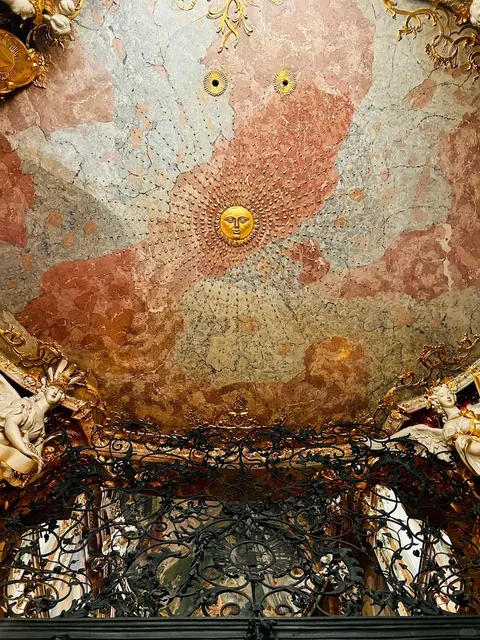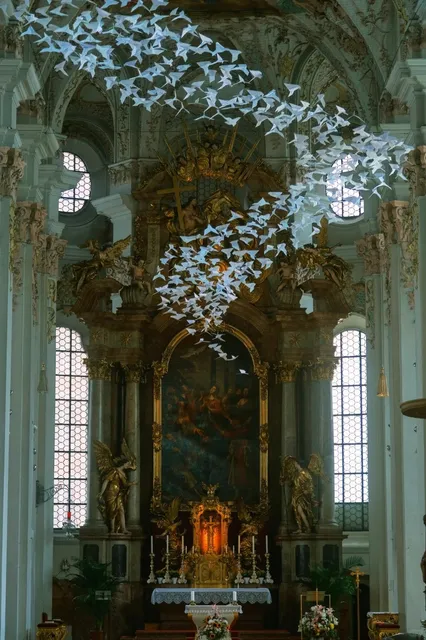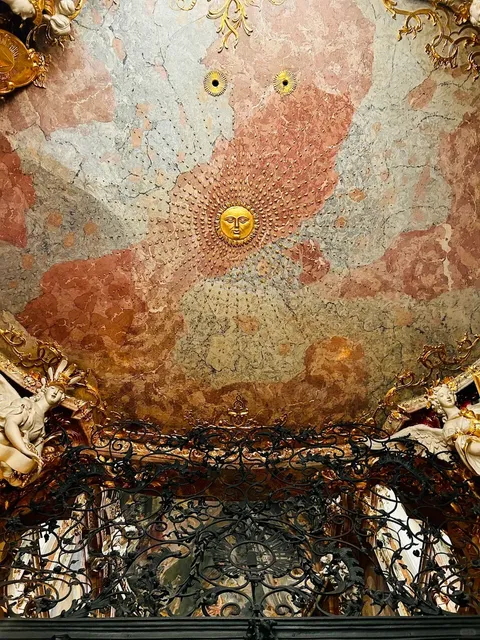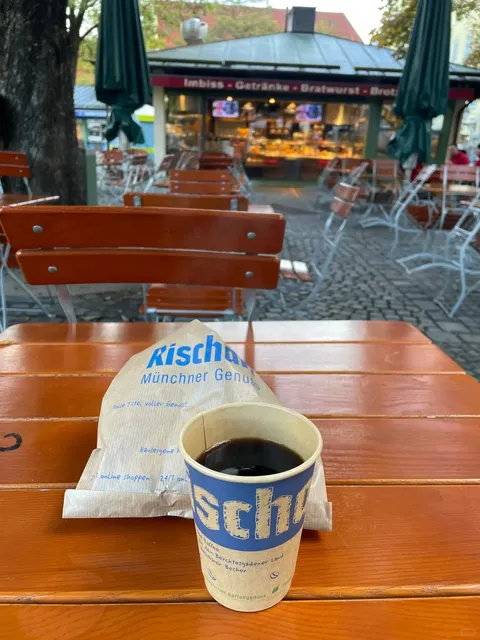Asamkirche things to do, attractions, restaurants, events info and trip planning
Basic Info
Asamkirche
Sendlinger Str. 32, 80331 München, Germany
4.8(2.5K)
Open 24 hours
Save
spot
spot
Ratings & Description
Info
St. Johann Nepomuk, better known as the Asam Church, is a Baroque church in Munich, southern Germany. It was built from 1733 to 1746 by a pair of brothers, sculptor Egid Quirin Asam and painter Cosmas Damian Asam, as their private church.
Cultural
Accessibility
attractions: Sendlinger Tor, MUCA - Museum of Urban and Contemporary Art, Marienplatz, Münchner Stadtmuseum, Asamhaus, Jewish Museum, Table Magic Theater - Alexander Krist, YellowKorner, Studio of Wonders, St. Michael München, restaurants: Hako Ramen München, Hackerhaus, ABACCO'S STEAKHOUSE München, KAIMUG Taste Thai Sendlinger Tor - Thailändisches Restaurant München, Bricelta, 60 seconds to napoli München, Kennedy's Bar and Restaurant, Anyong! Korean Street Food, Anne‘s, Prinz Myshkin
 Learn more insights from Wanderboat AI.
Learn more insights from Wanderboat AI.Phone
+49 89 23687989
Website
alterpeter.de
Plan your stay

Pet-friendly Hotels in Munich
Find a cozy hotel nearby and make it a full experience.

Affordable Hotels in Munich
Find a cozy hotel nearby and make it a full experience.

The Coolest Hotels You Haven't Heard Of (Yet)
Find a cozy hotel nearby and make it a full experience.

Trending Stays Worth the Hype in Munich
Find a cozy hotel nearby and make it a full experience.
Reviews
Nearby attractions of Asamkirche
Sendlinger Tor
MUCA - Museum of Urban and Contemporary Art
Marienplatz
Münchner Stadtmuseum
Asamhaus
Jewish Museum
Table Magic Theater - Alexander Krist
YellowKorner
Studio of Wonders
St. Michael München

Sendlinger Tor
4.4
(3.5K)
Open 24 hours
Click for details
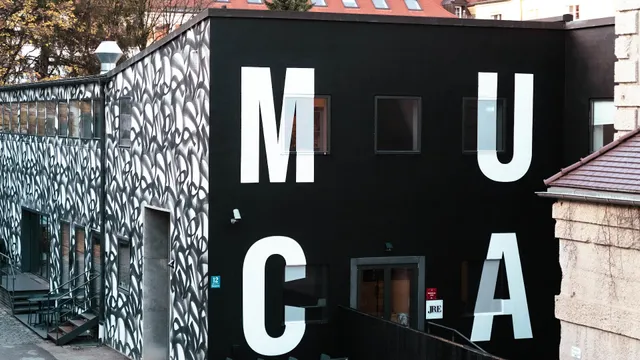
MUCA - Museum of Urban and Contemporary Art
4.3
(564)
Open 24 hours
Click for details
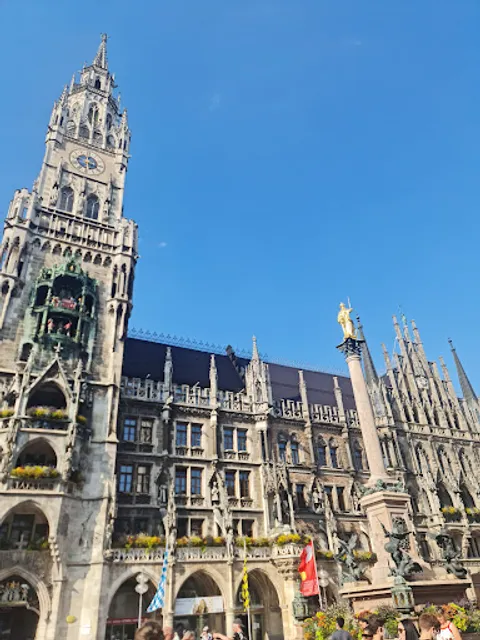
Marienplatz
4.7
(46.9K)
Open 24 hours
Click for details
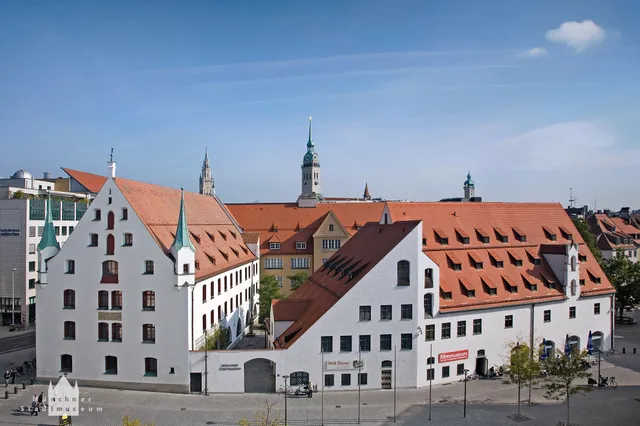
Münchner Stadtmuseum
4.3
(743)
Open 24 hours
Click for details
Things to do nearby

Die Legende der Titanic - Die immersive Ausstellung
Mon, Dec 22 • 10:00 AM
Arnulfstraße 195-199, München, 80634
View details
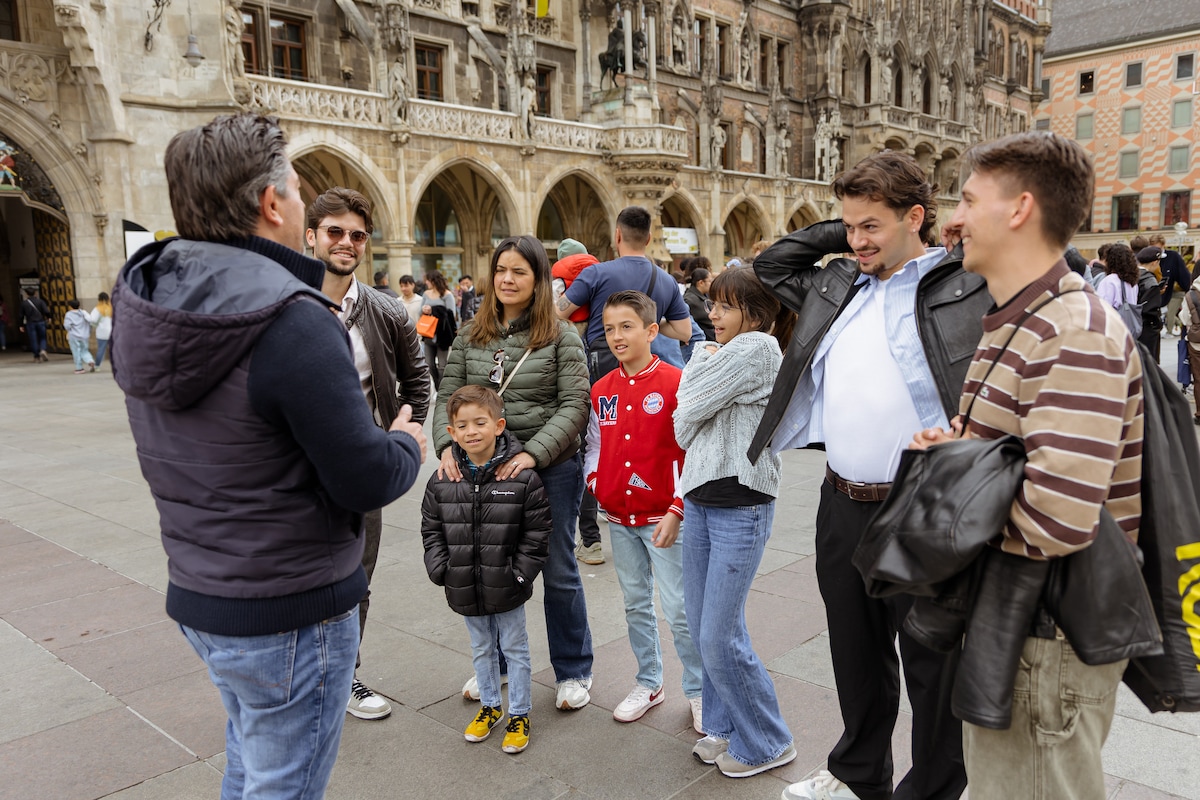
A walk through the history of Munich
Mon, Dec 22 • 10:30 AM
80331, Munich, Germany
View details
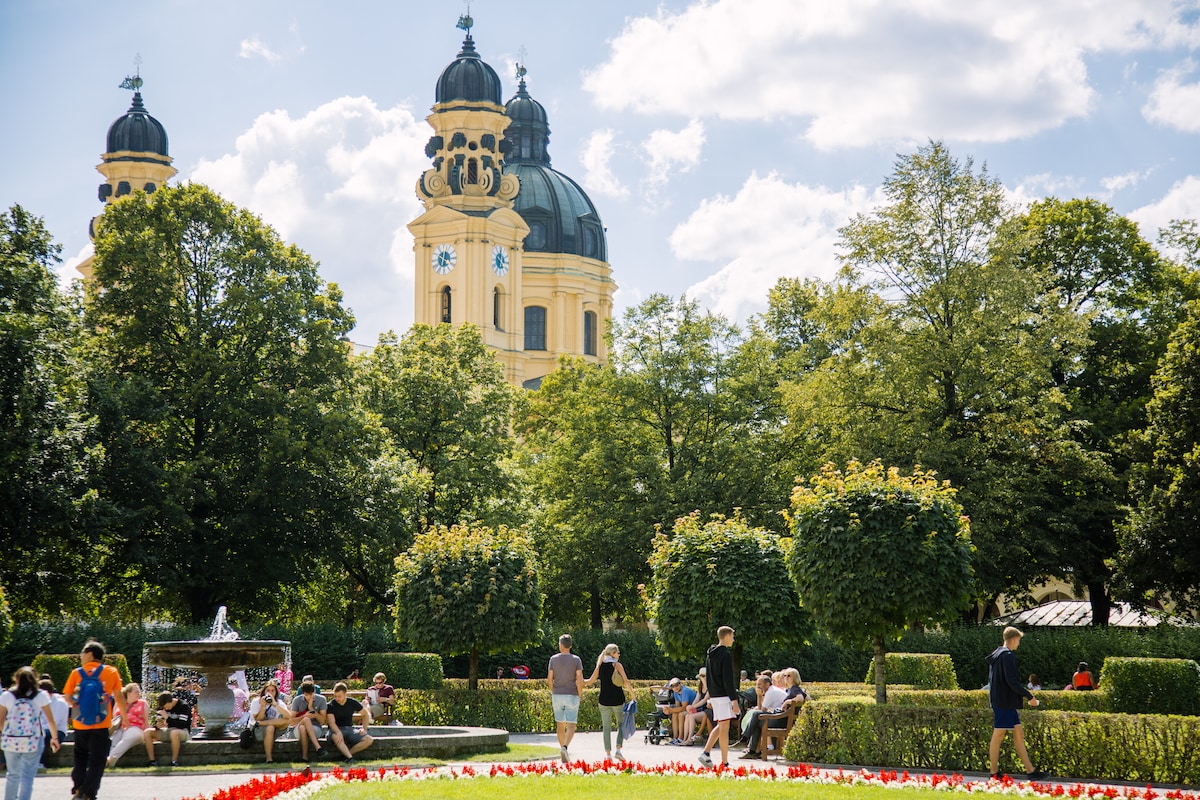
Bike through Munichs beer gardens and highlights
Mon, Dec 22 • 10:30 AM
80335, Munich, Germany
View details
Nearby restaurants of Asamkirche
Hako Ramen München
Hackerhaus
ABACCO'S STEAKHOUSE München
KAIMUG Taste Thai Sendlinger Tor - Thailändisches Restaurant München
Bricelta
60 seconds to napoli München
Kennedy's Bar and Restaurant
Anyong! Korean Street Food
Anne‘s
Prinz Myshkin

Hako Ramen München
4.7
(1.2K)
Click for details
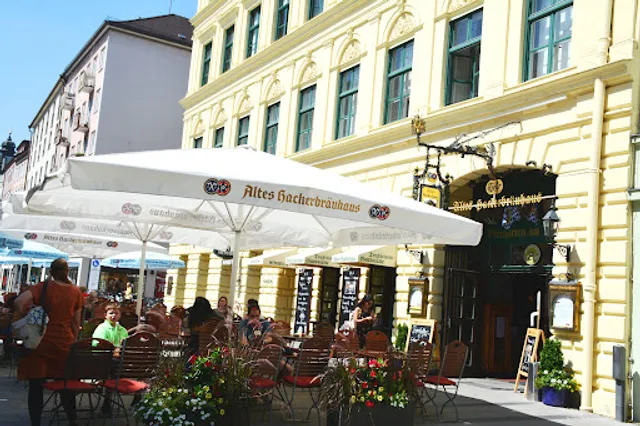
Hackerhaus
4.4
(1.9K)
Click for details
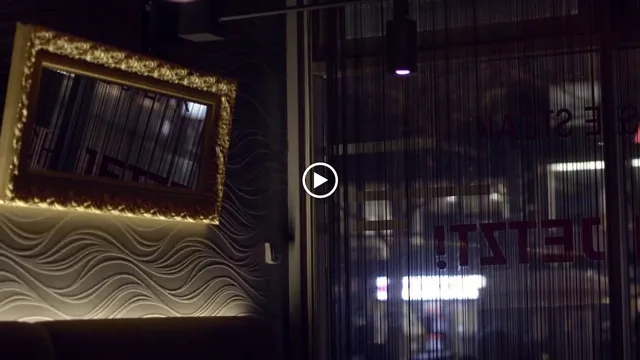
ABACCO'S STEAKHOUSE München
4.4
(1.6K)
$$$
Click for details
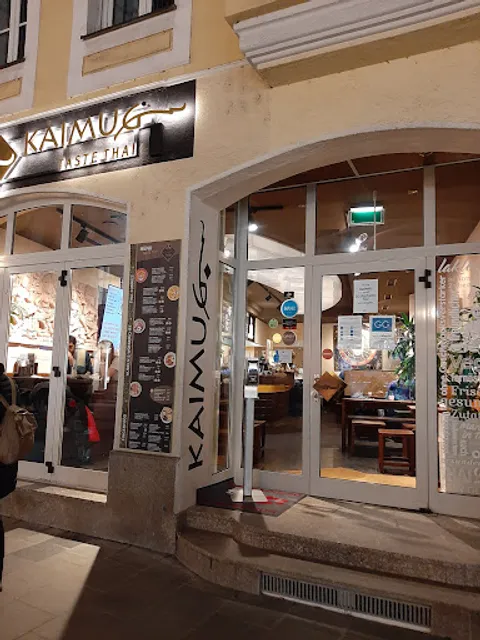
KAIMUG Taste Thai Sendlinger Tor - Thailändisches Restaurant München
4.1
(539)
Click for details



